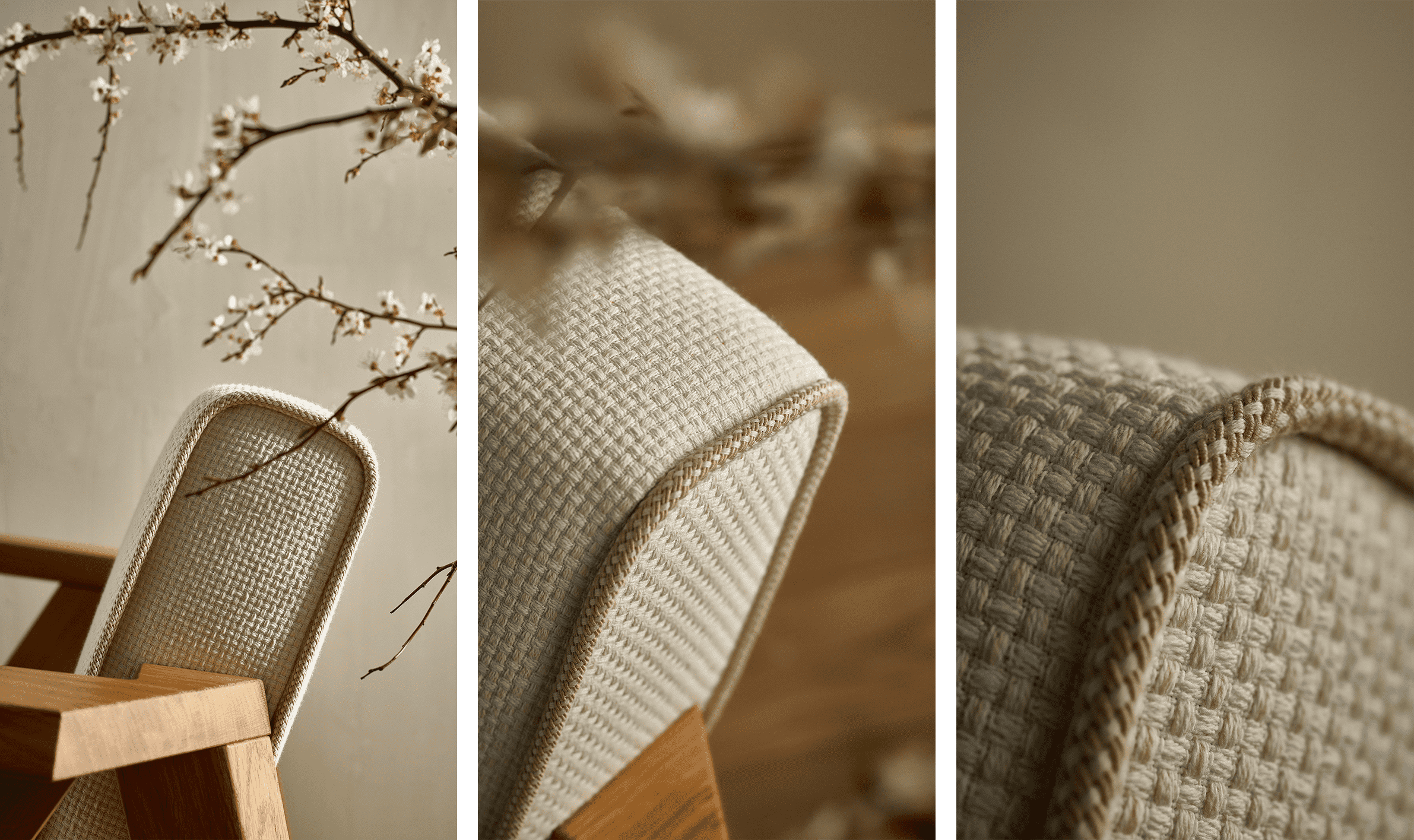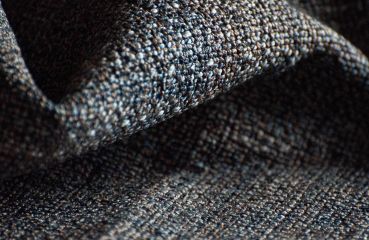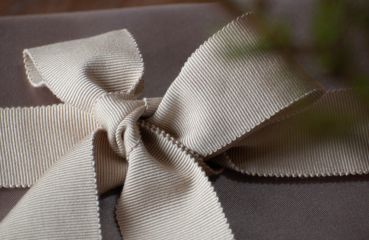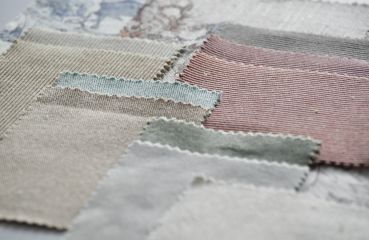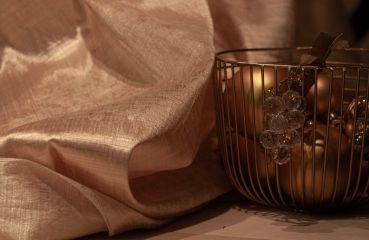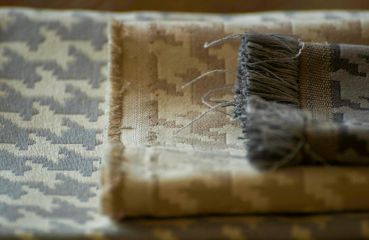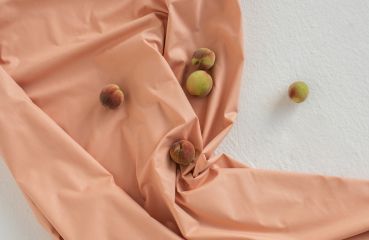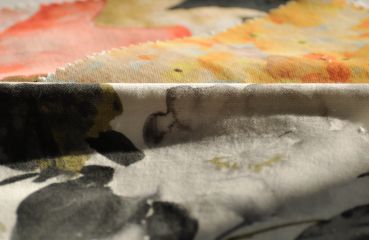about "naturals" haberdashery
Decoration has many names.
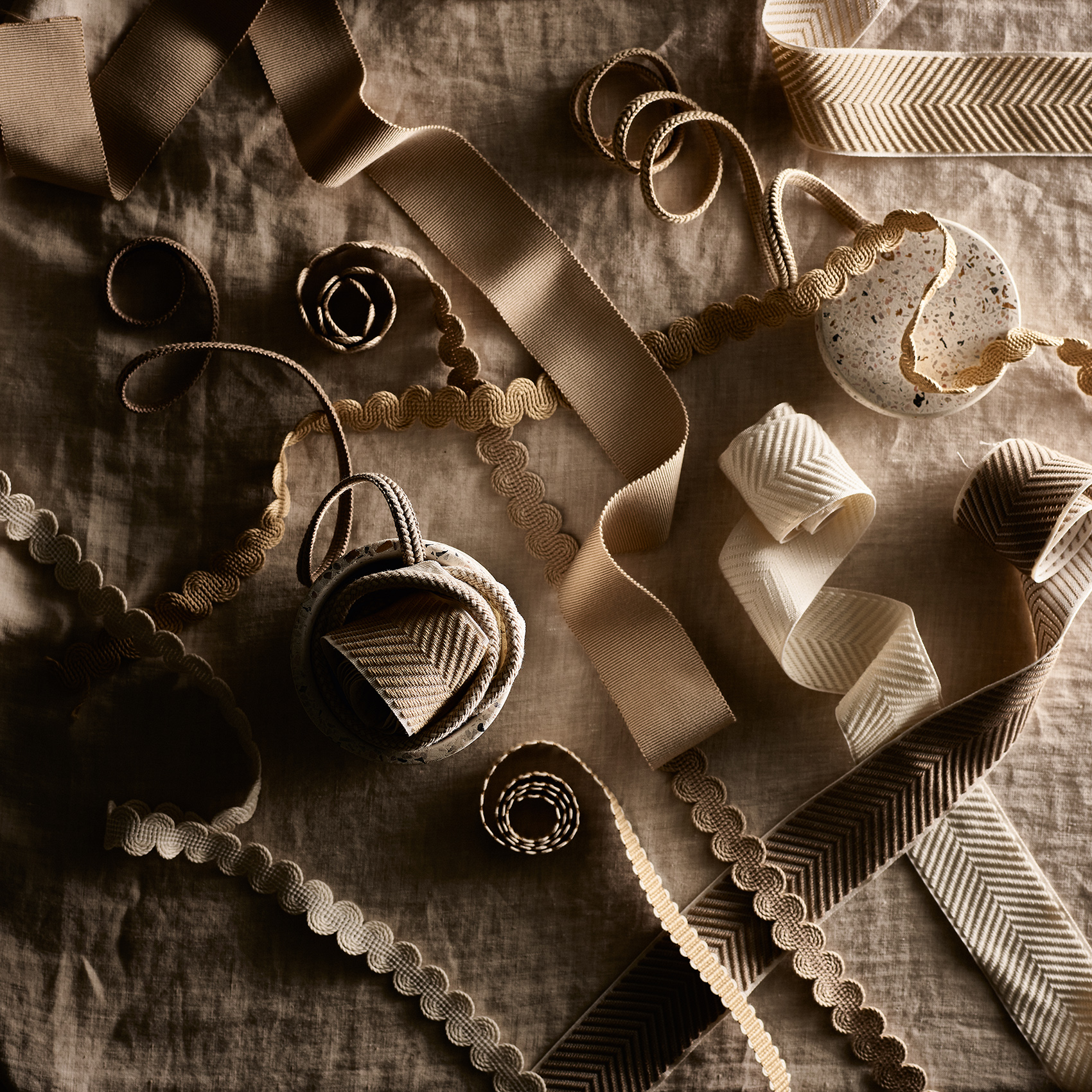
It is commonly thought that the use of textile haberdashery makes fabrics and the elements of interior design more attractive, creating a palace-like atmosphere of expensive decorativeness, abundant in colour, shine and lavish form. Meanwhile, decoration has many names and can employ a more modest, less flashy style that accentuates simple, functional, everyday forms.
Dekoma's new "Naturals" collection includes more than a dozen types of haberdashery decors in a wide variety of pastel-mineral colours.
All the patterns can be associated with blissful peace, gentleness and tranquillity typical for places of rest and relaxation. Depending on the abundance of appliqués, they will evoke an image of idyllic province or sun-flooded urban villas. These will always be soothing and calming associations in the spirit of new comfort, with an emphasis on convenience and closeness to nature. Each of the decors has a character of a quiet, unassuming protagonist, which tastefully emphasizes the qualities of interior design elements with subtle and unobtrusive but intriguingly eye-catching decorativeness.

Trims and finishing tapes, of different widths and shapes, combine with tassels to make a coherent, extremely attractive whole. All elements can complement one another perfectly, creating within one, selected colour a range of possible subtle details of textile elements, window screens or upholstered furniture. The colour scale allows for synchronization of the haberdashery shade with the fabric, which in turn gives the effect of a balanced whole, harmonious and pleasant to the eye.
It goes perfectly well with linen and cotton.
Made of natural fibres, it is free from unnatural gloss and unnecessary, flashy embellishments. For these reasons, it looks best in the company of fabrics that are unpretentious and beautiful in their simplicity, such as linen or cotton. Especially in the palette of the lightest warm tones - from creamy white to milky coffee - it adds cosiness to fabrics and emphasizes the impression of comfort. In combination with a colder white or light, dove grey colour, it enhances the effect of cleanliness and intimacy of interiors intended for relaxation.
Depending on the context of use, it either only decorates the surface of the fabric or at the same time finishes the edges and provides comfort of use. However, it always adds attractiveness and uniqueness to the interiors in which it appears.
Trim and string are a must.
Several centimetres or millimetres of selvedge, which is nothing more than a charming, decorative ribbon, strengthens and decorates the edges of textile, interior decoration accessories such as: cushions, rollers, covers, bedspreads, tablecloths, napkins or curtains. Thanks to the extensive range of sizes (from the narrowest to wide), it can successfully be used on both small table napkins and large window curtains.
Several trims with different patterns but of the same colour, allow you to create a personalized collection of pillows, cushions and rollers that are a coordinated, but also a functional addition in every modern bedroom. The same principle of colour grouping applies to table textiles, where tablecloth, runner and napkins can, due to a small, haberdashery element, create a stylistically consistent collection.
In complementing and emphasizing the shapes of textile forms, wherever a softer, more expressive line is needed, haberdashery cords sewn into seams prove invaluable. Their thickness should always be adjusted to the size of the decorated object, and the colour should either emphasize the outline of the shape, or synchronously blend in with the colour of the fabric, differentiating from it only by texture or delicate melange thread. This principle applies equally to soft cushions or bedspreads and covers, as well as seat and back sections of upholstered furniture.
Dekoma's NATURALS haberdashery collection has been used in this article.
Text and creative thought: MBBM Studio
Photos and styling: Greg Nelec Studio.




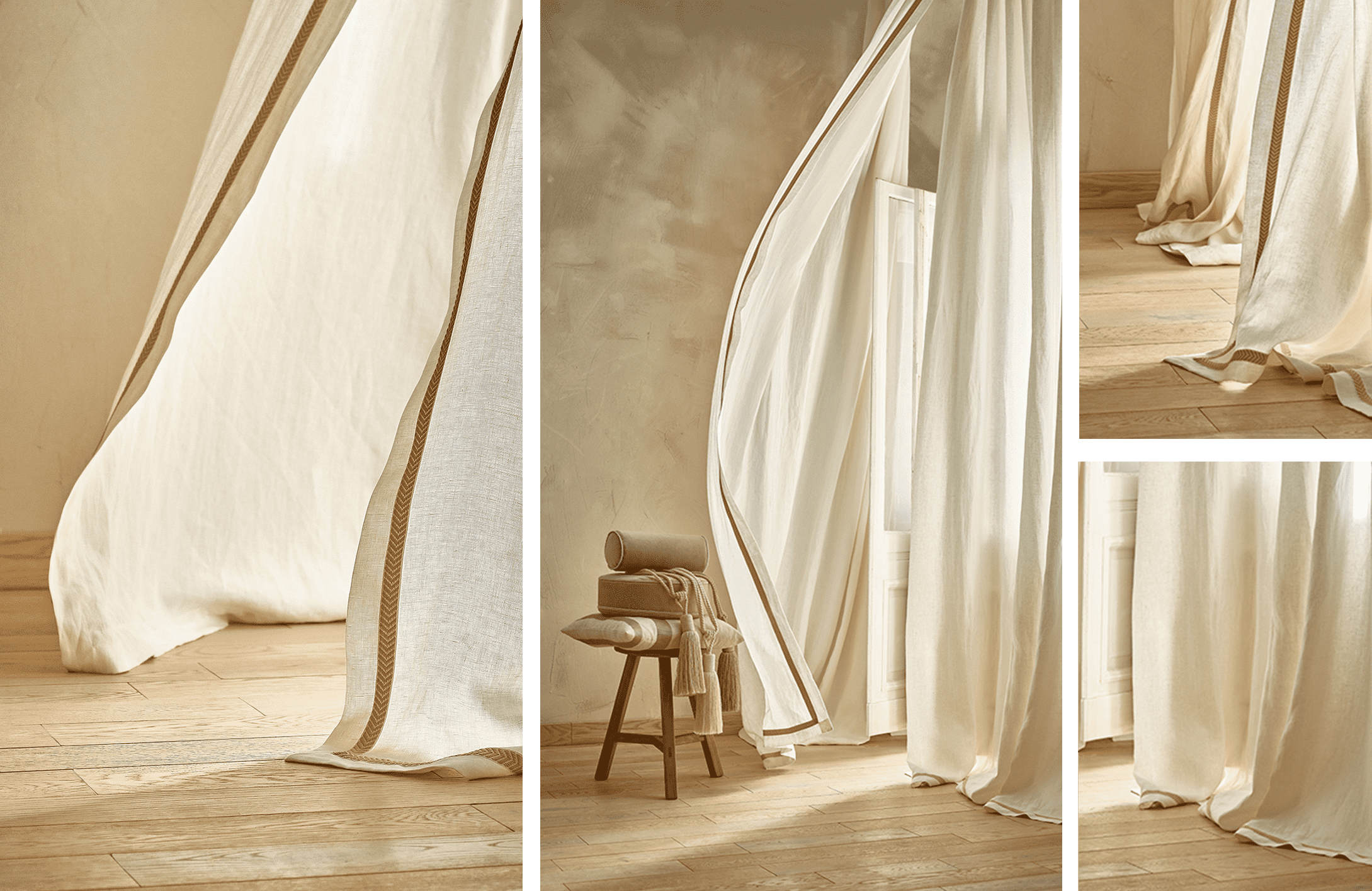



.jpg)
